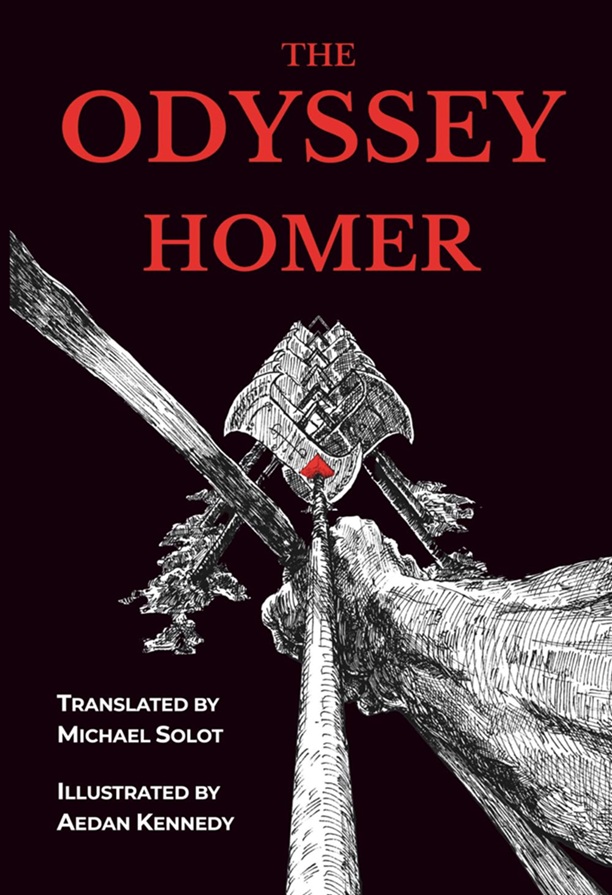.
Sestina 276
On the night of April 14-15, 2014, 276 mostly Christian female students were kidnapped from a high school by the Islamic terrorist group Boko Haram in Nigeria
The dream was vivid, sickeningly strong,
the type that wakes you up because extreme
duress propels your pounding heart along
until it jolts you out with stifled scream
to whisper reassurance: “Nothing’s wrong.
Slow down now, heart, and sleep, it’s just a dream.”
No sleep will soothe your heart after this dream.
No parent laughs off visions of a strong
assailant looming as your daughters scream
and snatching them with clear intent for wrong.
You lie there, knowing worry is extreme,
but wishing you had brought your gun along.
The morning comes; Spring Break has sped along
and yet your mind is slow to shake that dream.
Your shaking hands spill coffee grinds. “What’s wrong
with you today?” your wife asks with extreme
annoyance, for she likes her coffee strong.
“I’ll get us Starbucks,” you try not to scream.
Inside the coffee shop, the headlines scream.
You scan them, unmoved, as you move along:
“300 schoolgirls captured by extreme
armed militants.” And then your heart beats strong
as suddenly you’re pushed back to the dream
where only waking up could right the wrong.
They must have wakened, sensing something wrong.
Perhaps they stood up, saw, and tried to scream
or run away, but generally strong
and sturdy legs gave out as in a dream,
so their assailants carried them along.
Their terror must have been—must be—extreme.
You think about those fathers, their extreme
attempts to find their girls—foolish, not wrong.
“Uh, sir?” Barista breaks your dark daydream.
“Two tall cold-brews,” you say and smile along
to stifle cold, bruised conscience and its scream:
“Just stop pretending that you’re always strong!
Drink up the cup of strong men who still dream,
who with extreme abandon hack the wrong
way all along the bush, too tired to scream.”
.
.
Bethany Mootsey is a stay-at-home mom and foster mom living in Clearwater, Florida. She is a Covenant College graduate with publications in “Church Educator.”















Thanks for highlighting this story in your fine sestina, a story that on occasion returns to the news cycle . Every parent’s nightmare is an understatement.
The supernatural slant works well in your poem, bringing the author together in spirit with the sufferings of disparate people, in disparate circumstances, in a distant part of the world.
Numbers are not 100% reliable, but about 112 of the original 276 girls (now women in their 20s) are still missing. What’s sad is that some of those who escaped or were let go are stigmatised and shunned for their experience, not only by society, but by their families.
Then of course there’s the PTSD the girls have to deal with.
Again, thanks for your poignant reminder of the Chibok girls’ plight.
Thanks for your thoughtful comment, Paul. Yes, I was shocked to read about the stigma placed upon the kidnapped girls who have been recovered. That is hard to fathom. I also read that the #bringbackourgirls campaign, while well-intentioned, made these girls a more valuable commodity to their kidnappers due to the global attention.
Please identify five literally device use to convey your poem . Urgent
I welled up with anger as I relived the news of a horror I cannot begin to understand. Your poem completed its task in my mind. Thank you for the vivid reminder of the evil into which the human heart is capable of descending.
It’s not a fun place to dwell, but it’s a better alternative than burying our heads in the sand. Thanks for reading and for caring!
Just a sidebar note: the new Associated Press guidelines for journalistic style have just come out. Among the various absurdities that they pronounce is this — journalists are not allowed to use the phrase “Islamic terrorists” under any circumstances. At best, you can say “armed militants.”
So these unfortunate girls weren’t kidnapped and mass-raped by “Islamic terrorists.” They just had a troublesome encounter with “armed militants.”
The Associated Press (emphasis on the first syllable ASS) also pontificates that journalists may not use the words “migrant” or “refugee.” The hordes attempting to invade the West must be called “persons struggling to enter Europe.”
And liberals still have the face to say that Mainstream Media isn’t totally under leftist and pro-terrorist control.
I wasn’t aware of this, but I’m not one bit surprised.
This poem is a fine reminder of an event that was excruciating for the victims and, as you point out, still is for many of them. It’s one of those international tragedies that sympathizers hold in their hearts. You do it justice with a well-wrought sestina that reads much more easily than many examples of the form. I take it you have had some practice, if “Sestina 276” means you have written that many or more. Your little variation on the standard order of endwords is quite acceptable in an achievement like this. You follow some notable English sestina poets in using rhyme, but among them, Swinburne is the only one I can think of who used only two rhyme sounds–and he also varied the endword order.
Thank you, Margaret! 276 is to note the number of girls kidnapped. This is actually my first sestina, and I used Dusty Grein’s helpful essay, published on the SCP website: https://classicalpoets.org/2016/12/14/how-to-write-a-sestina-with-examples/
This essay introduced me to the circular sestina. I thought that it would sound even better if I could pull off the circular form, and I realized in the process that the circular sestina is powerful for this poem because of the cycle of kidnappings that are continuing in Nigeria.
This is a very moving poem, indeed! I agree with all of the comments above, but must add a confession: You have accomplished the feat of making me overcome my dislike of the sestina form — this is the first sestina that I’ve really liked. I believe it must be because the others I’ve read have had no rhyme scheme. I can certainly see why it would be very difficult to follow the main demands of the form, and also use rhyme. But you have done it, beautifully!
Thanks so much for the high praise, Cynthia! I think sestinas can be really clever when their line endings lend themselves to puns, but I agree with you that rhyming poetry is my favorite!
Bethany, I’m glad to know that you have not written 276 sestine! The number is a fitting notice of the girls. I did wonder about how much you’d practiced, as the sestina has been an enormously popular form in creative writing classes, precisely because it doesn’t (necessarily) rhyme. I think Dusty Grein may have come up with the term “circular sestina,” but it was certainly A. C. Swinburne who made that variation–and who used only two rhyme sounds, as you do. The changed rhyme word order does not seem to me any more circular than the standard “retrogradatio cruciata” (crossways recycling). And it keeps some of the “crossways” in it, which is just as suitable in your poem about mostly Christian girls, as is the “circular” because crimes like the one in which they were victimized continue to happen.
Having searched SCP for sestine, I see that although we have several rhyming examples, most (including the ones in Dusty Grein’s essay) are unrhymed. A few use three rhyme sounds, as did Sir Philip Sidney and others in the 16th and 17th centuries, but you went for the most difficult kind using just two rhyme sounds. Only Maroula Blades (“The Colour of Dying”) and Benjamin Thomas Cepican (“Rosarium”) have joined Swinburne and you. Again, very well done!
That’s so funny that Dusty may have actually coined the term that I took so literally! I looked up A. C. Swinburne, and I like the musicality of his sestina.
Though I have written a few of them, and have had one published, I never much cared for the sestina form. And I also agree with some of those above who have said that adding the element of rhyme goes a long way in creating a pleasant and pleasurable read. You have done just that, and in a strange way you have revealed the beauty that can come out of horror. No, that’s not quite what I meant to write — I really don’t know how to put it. How can one, for instance, find humor in the Fall of Man? I’m sure it’s possible, but doing so would generally result in a travesty. Anyway, your sestina avoids the pitfalls of wrenched diction, for which I am grateful.
I think I understand what you mean. Not beauty exactly, but at least the beauty of giving their suffering (in some small way) a voice. And I try so hard to avoid wrenched diction, so thanks for noting that. I enjoyed your last set of poems as well.
Bethany, I applaud you for taking on the challenge of a sestina, and to do so with rhyme and rhythm is a triumph. I also applaud you for using this form to remind us of those 276 students who were kidnapped by the evil Islamic terrorist group, Boko Haram. It’s powerful poetry like yours that opens minds, eyes and hearts. I often feel the greatest threat to our globe is apathy and self censorship… I am certain your poetry will encourage others to draw attention to the atrocities of the world, too. Thank you!
Please can someone identify five literally device use to convey the poem
I know this one is two years old, but someone made a recent comment and brought it to my attention.
It’s a very powerful poem… especially in light of the fact that similar events are happening at the hands of Muslim terrorists once again. The rhyming sestina form and its repetition really enhance this effect. I’d like to be able to write one this good!